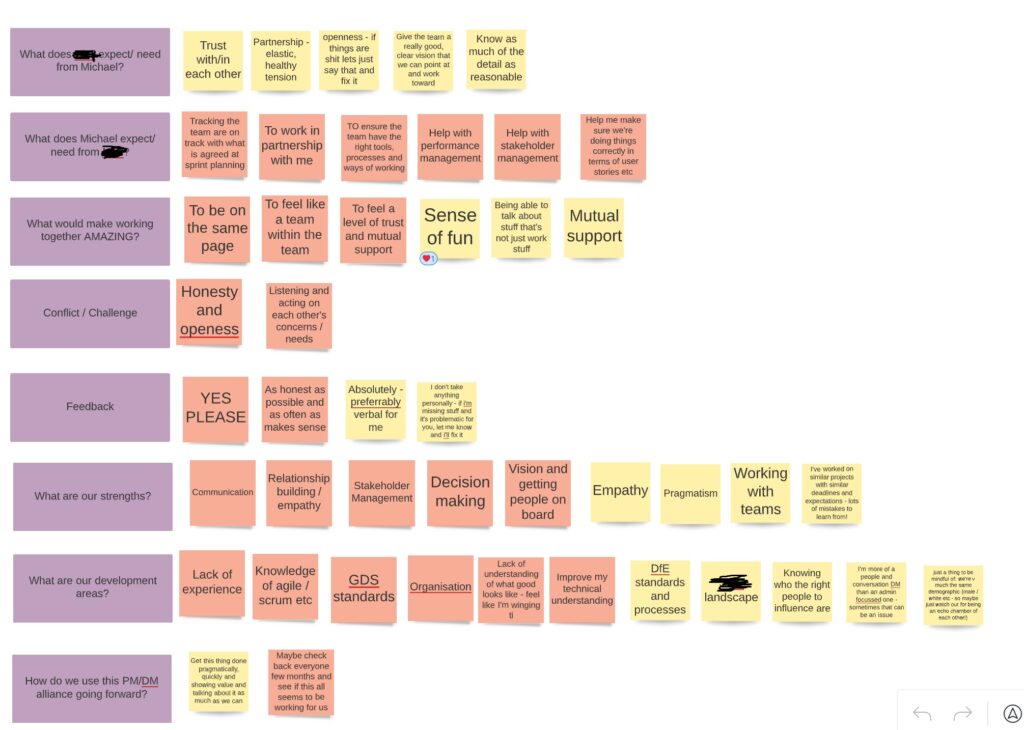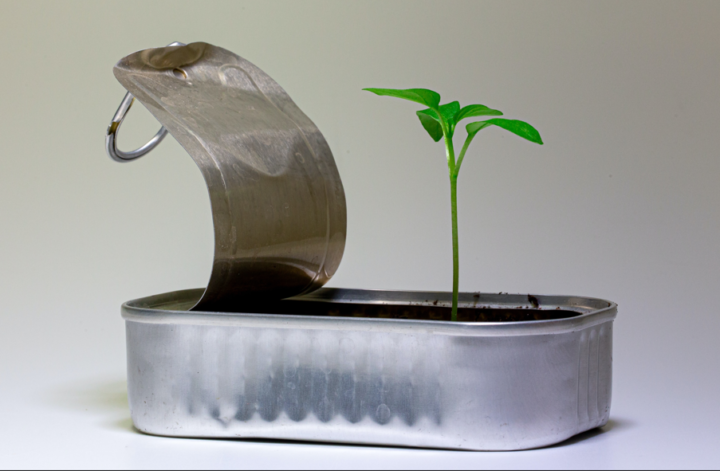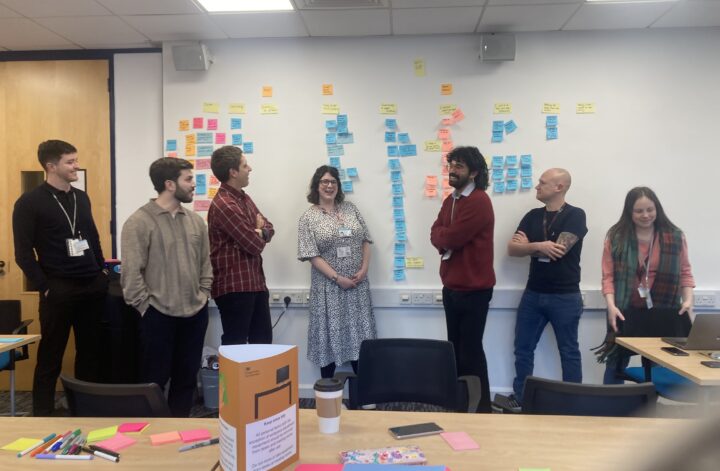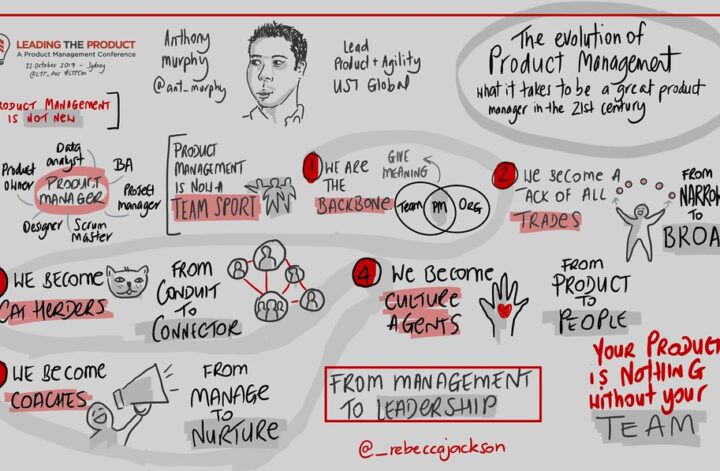Football has delivered many fantastic partnerships – Shearer and Sheringham, Yorke and Cole, Rush and Dalglish.
Within these dream pairings, it often seems like the two protagonists have an almost telepathic understanding – that they know instinctively what the other wants and needs, and so can combine in a way that is devastating for the opposition.
Well, this is what product managers and delivery managers should be aiming for in their working relationship.
Maybe not to devastate the opposition, but to gain a level of understanding that leads to optimal performance for them and the wider team. This article will touch on the differences between the roles, establish why the PM/DM relationship is so important, and offer tips on how to make the relationship work.
What are the differences between product managers and delivery managers?
A lot has been written in this space, for more detail on this, check out this article.
For the purposes of this article, I find the following definition the most simplistic and accurate – the product manager is focused on the ‘what’, and the delivery manager is focused on the ‘how’.
So, the product manager is responsible for defining the product, the vision, the strategy, and the roadmap, as well as prioritising and maintaining the backlog.
Meanwhile, the DM is accountable for ensuring the team can achieve what’s been set out by monitoring team health, capacity, velocity, and team access to tooling while defining delivery plans and mitigating any risks or blockers the team or product faces.
There are also some overlapping areas such as stakeholder management, agreeing team processes, and providing the team with a fun and safe working environment in which to thrive.
Why is the product/delivery relationship so important?
As you can see, a lot of responsibility falls on the shoulders of the product and delivery manager, and it is quite easy to see that if the two aren’t well-aligned, then it’s likely to spell disaster for the rest of the team.
That’s why, as a product manager, I firmly believe that my most important relationship within a multi-disciplinary team is with my delivery manager, and so I focus a lot of time and energy investing in this vital relationship.
When this relationship is working, the product manager and delivery manager can combine effectively and begin to operate as two sides of the same coin. Both parties have shared goals, priorities, and desired outcomes, yet they both tackle the shared problem space from different perspectives, have different responsibilities and rely on different skill sets from one another.
What does good look like?
Firstly, the relationship between the two must be a partnership – one built on trust, common understanding, and shared desires.
To get to that point, the two must have spent time investing in the relationship, to have clear and understood lines of responsibility, to know each other’s strengths and weaknesses, and to know how to respond to each other when things aren’t going well, or there is conflict or misalignment.
When firing on all cylinders, the PM/DM can combine to become a real force to be reckoned with.
A duo that, between them, can inspire, support, and cajole teams into hitting their objectives and building products that exceed desired outcomes from users and the business.
Alternatively, if the relationship is struggling and the two parties are not aligned, you can expect to see a misfiring team that works inefficiently, has poor processes, complains of a lack of direction, feels demotivated, and has little chance of delivering value.
How can you improve the relationship with your delivery manager?
Achieving this kind of understanding is not easy, and like most good things, it will take time and dedication to develop.
However, there are some things you can do to help get the PM/DM relationship off on the right foot or reinvigorate one that needs a bit of TLC.
One fabulous delivery manager I worked with recommended that we start our relationship with a contracting exercise. It worked so well that I now do it with every DM I work with, and it has been a massive help in forging strong relationships (and often friendships, too).
In the section below, I will explain how to run that contracting exercise and provide some examples of the kind of things that have come up when I’ve taken part in it.
The exercise itself is straightforward but will go a long way in helping you both understand one another, agree on expectations and ways of working, and provide an opportunity to check back in and review how the relationship is functioning at regular intervals.
How to run the contracting exercise
Either in person or using a remote whiteboard or shared document, both parties spend 15 minutes in silence writing answers on post-it notes to the following eight questions.
- What does [Insert PM’s name] expect from [Insert DM’s name]?
- What does [Insert DM’s name] expect from [Insert PM’s name]?
- What would make working together awesome?
- How will we deal when conflict or challenges arise?
- How do you like to receive feedback?
- What are your strengths?
- What are the areas you’d like to develop?
- How can we review the PM/DM alliance going forward?
After you’ve written down your thoughts, spend time explaining your answers to each other.
You’ll find doing so will help the other one get a better insight into your strengths, weaknesses, and what kind of things you both need from the relationship.
Below are some examples of answers that a delivery manager and I put down when performing this exercise together.

Hopefully, this article and the contracting exercise will help you develop an awesome relationship with your delivery manager, and together, you can create an amazing environment for the team you’re both helping.
Good luck!



